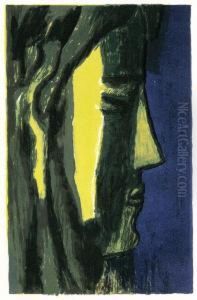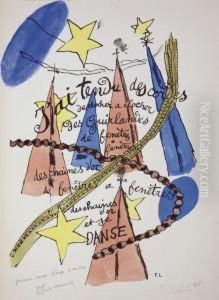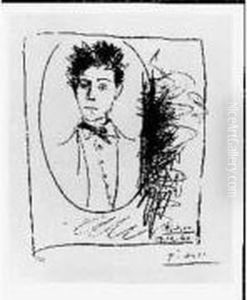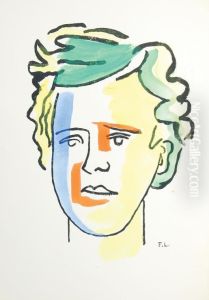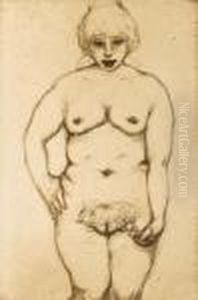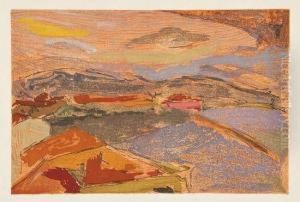Arthur Rimbaud Paintings
Jean Nicolas Arthur Rimbaud was a French poet who is renowned for his influence on modern literature and arts, which prefigured surrealism. Born on October 20, 1854, in Charleville, Ardennes, Rimbaud's work as a poet was produced in a brief period in his late teens—between 1870 and 1875—after which he completely stopped writing literature at the age of 21. His early life was marked by family instability; his father left the family, and his mother, known as 'Vitalie,' raised Rimbaud and his siblings under strict supervision.
Rimbaud's literary career began early, demonstrating his genius by the age of sixteen with the publication of his poem 'Le Dormeur du Val' (The Sleeper in the Valley), which depicts the peacefulness of a soldier's death in contrast to the horrors of war. His relationship with fellow poet Paul Verlaine was both creative and tumultuous, marked by passionate letters, intense collaborations, and eventual violent altercations. This relationship heavily influenced Rimbaud's most productive period, during which he wrote 'Une Saison en Enfer' (A Season in Hell) in 1873 and 'Illuminations,' a collection of prose poems that was published posthumously.
Despite his groundbreaking work in poetry, Rimbaud grew disillusioned with writing and left Paris—and ultimately his literary career—behind by the age of 21. He traveled extensively in Europe, before venturing to Yemen and Ethiopia, where he engaged in various occupations, including teaching and trading. Rimbaud's later years were marked by illness, leading to his death from cancer on November 10, 1891, in Marseille, France, at the age of 37. His complete abandonment of literature and reclusive second half of life have contributed to the enigmatic nature of his legacy. Today, Arthur Rimbaud is celebrated for his extraordinary vision, the depth of his imagery, and his radical approach to form, which have left a lasting impact on the poets and artists who followed.
